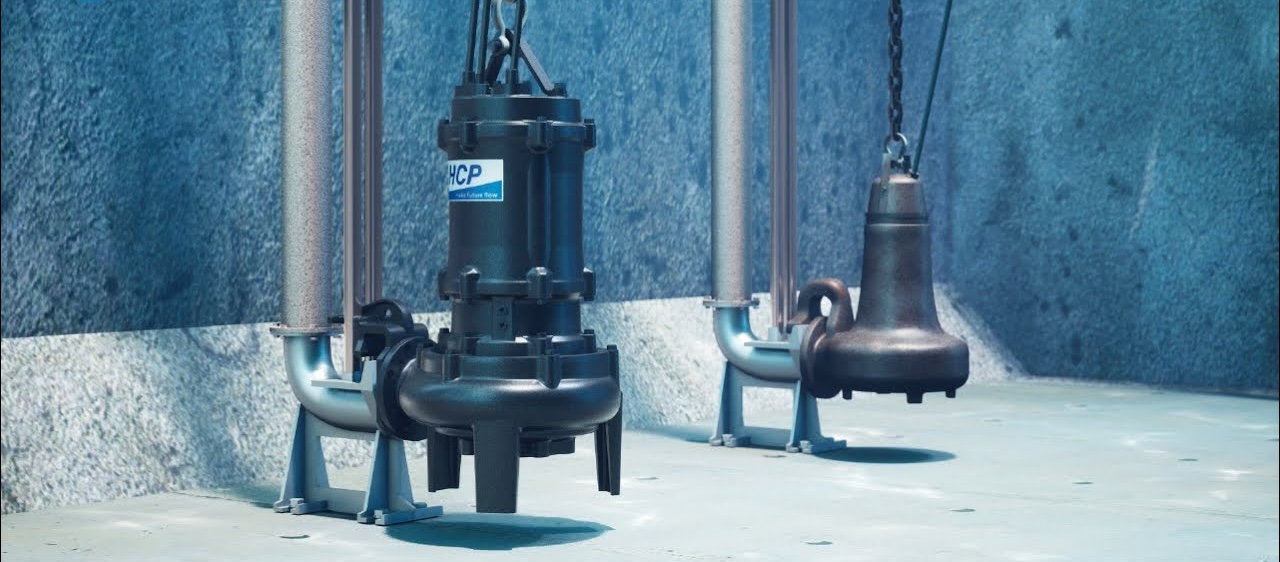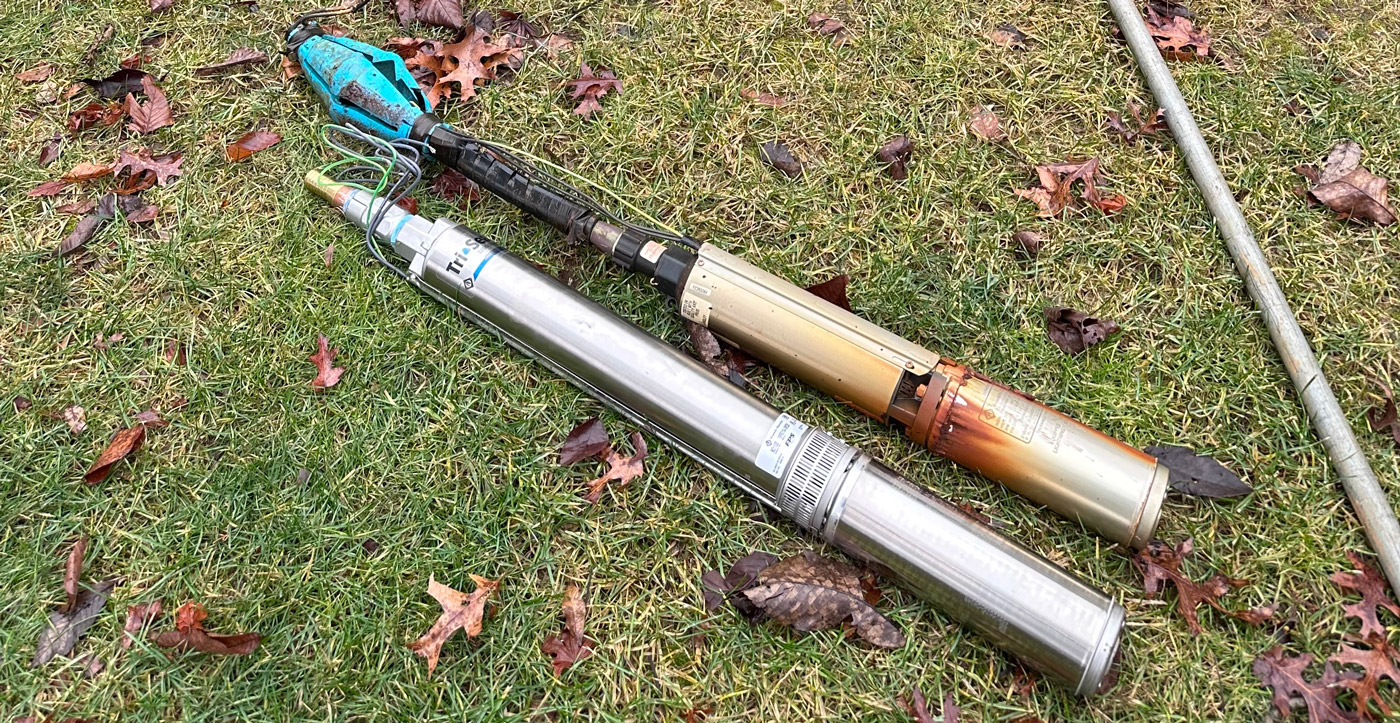Site menu
In areas like Snohomish, Everett, Monroe, and other communities where over 78,000 households rely on septic systems, maintaining these systems is essential to protect your property and the environment. A critical component of many septic systems is the submersible pump, which moves wastewater from the septic tank to the drain field or other disposal points. When these pumps fail, timely replacement is necessary to prevent costly system failures and environmental harm, such as contamination of local waterways like the Snohomish River or Lake Roesiger. At A1 Septic Today, we provide professional septic submersible pump replacement services tailored to homeowners in Snohomish County, ensuring compliance with local regulations and reliable system performance.
A septic submersible pump is a small, electrical water pump designed to operate while submerged in wastewater, typically installed in the final chamber of a septic tank or a separate pump sump. Equipped with a float switch, the pump activates when wastewater levels rise and deactivates when levels drop, pushing effluent through pipework to the drain field or other treatment areas. These pumps are essential for systems where gravity flow is not feasible, such as homes on hilly terrain or with elevated drain fields, which are common in areas like Arlington, Stanwood, and Granite Falls.
Submersible pumps are used in various septic system types, including pressure distribution systems and aerobic treatment units, ensuring efficient wastewater movement. They are designed to handle different types of wastewater, from treated effluent to raw sewage, depending on the pump type.
Septic submersible pumps typically last 5 to 15 years, depending on usage, maintenance, and system conditions. Over time, pumps can fail due to wear, clogs, or mechanical issues, leading to system inefficiencies or complete failure. Common reasons for replacement include:
In Snohomish County, where heavy rainfall and clay-rich soils can stress septic systems, timely pump replacement is critical to prevent backups and environmental contamination.

| Pump Type | Best Use | Solid Handling | Common Applications |
| Effluent Pump | Treated wastewater, minimal solids | Up to ¾ inch | Aerobic systems, pressure distribution |
| Sewage Pump | Raw sewage, larger solids | Up to 2 inches | Conventional septic systems |
| Grinder Pump | High solid content, grinds solids | Grinds solids | Systems with heavy waste loads |
| High Head Effluent Pump | High-pressure systems, significant lift | Minimal solids | Spray/drip irrigation, mound systems |

In Snohomish County, septic systems are subject to strict regulations enforced by the Snohomish County Health Department to protect public health and water quality. All septic work, including pump replacements, must be performed by licensed professionals certified by the Washington State Department of Licensing. Permits may be required for significant repairs or replacements, and our team ensures compliance with these standards.
The county’s Savvy Septic Program offers valuable resources, including free online workshops on septic care and up to $500 in rebates for maintenance activities, such as pump replacements, when homeowners complete the workshop and meet eligibility criteria. Homeowners can also access their septic system records through the OnlineRME database to review maintenance history and system specifications, aiding in selecting the right pump.
Environmental factors in Snohomish County, such as heavy rainfall and clay-rich soils, can increase wear on septic pumps, making regular maintenance and timely replacements critical to prevent system failures that could harm local waterways.
To extend the life of your new pump and prevent future issues, follow these maintenance tips:
A1 Septic Today is a trusted provider of septic services in Snohomish County, offering expert submersible pump replacement with a focus on quality and compliance. Our certified technicians understand the unique challenges of local septic systems, from soil conditions to regulatory requirements, and use advanced equipment to ensure efficient, reliable service. Whether you’re in Snohomish, Arlington, or Stanwood, we provide transparent pricing, detailed reporting, and assistance with navigating rebate programs to maximize your savings.
A failing septic pump can lead to costly backups and environmental harm. Don’t wait for problems to escalate. Contact A1 Septic Today to schedule your submersible pump replacement. Our experts will assess your system, recommend the right pump, and perform the replacement with minimal disruption, ensuring your septic system continues to serve your home reliably. Visit A1 Septic Today or call to book your appointment today.